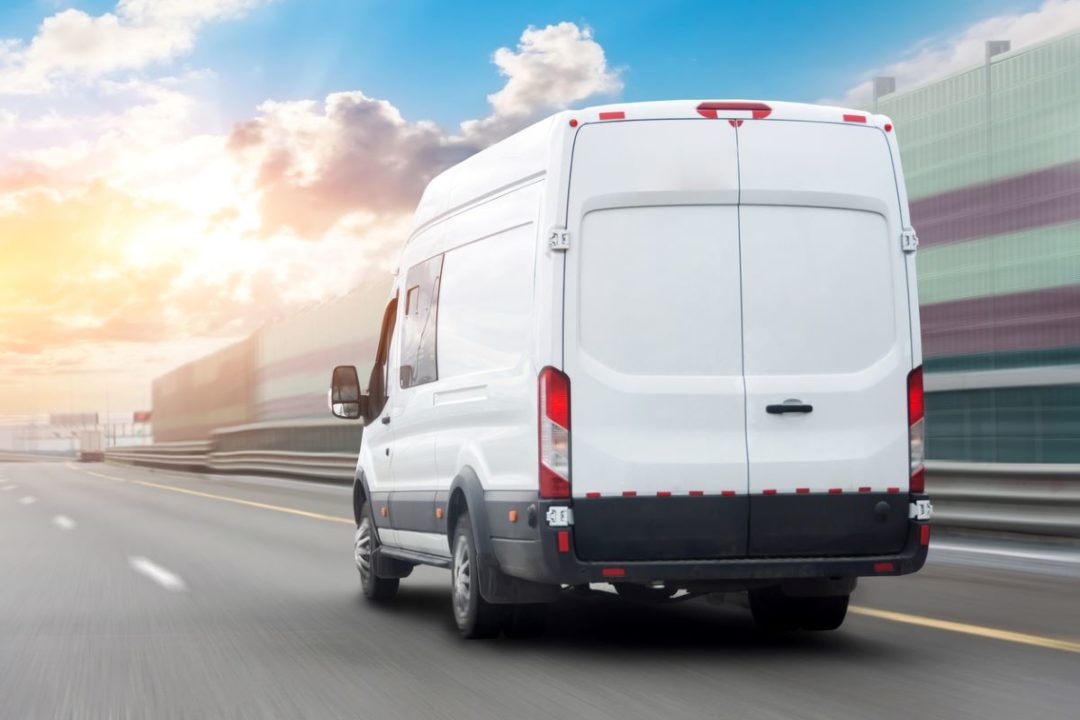
The last mile is already the most expensive part of the supply chain, and failed deliveries are among the biggest mistakes retailers can make. Not meeting customers’ delivery expectations can cost your business customer loyalty and revenue.
One study found that every failed delivery costs retailers $17.20 on average, and that one in 12 domestic deliveries fails on the first attempt. When asked in a RetailX survey how they’d respond to a negative delivery experience, more than a third of consumers (36%) said they’d switch retailers for their next purchase, and 35% said they’d write a negative review or social media post.
Following are four tips to help businesses avoid some of the most common causes of failed deliveries.
Take advantage of API integration. The most common reason for missed deliveries is incorrect or misread addresses caused by human error. Senders often enter addresses into the system incorrectly, and rural areas can also have spotty GPS, which makes a delivery driver’s job more difficult.
The first step to minimizing incorrect addresses is to ensure your last-mile delivery partner offers API integration. By integrating delivery with retail-level order management systems, fields such as customer-entered addresses populate automatically on the delivery end, which reduces human error when creating the deliveries. The best delivery models also have sophisticated mapping capabilities all the way down to latitude and longitude points, ensuring drivers always have the most accurate delivery information.
Customers usually know how to give directions to delivery drivers, especially if they live in hard-to-find areas. It’s important that customers be able to enter special instructions at point of sale, and that delivery drivers are able to follow them. In addition, delivery tracking features like photographic delivery confirmation can help recipients figure out whether a “missing” delivery was just overlooked and, for example, was left at the side door instead of on the front porch.
Use barcoding to avoid sending incomplete or incorrect items. Some deliveries seem to go like clockwork, arriving at destination on time without difficulty. But it’s not a successful delivery if the wrong item is delivered, items are missing from the order, or the order is delivered to the wrong customer.
Fortunately, such mix-ups are preventable when retailers put processes in place to guarantee accurate order picking and smooth hand-off from the store (or warehouse) to the delivery driver.
Start by barcoding each order so in-store team members can easily match the packaged order with the appropriate driver. The best delivery systems will make this easy with a built-in barcode scanning feature. Next, ensure that dedicated pickup counters or loading areas are available for delivery drivers and clearly marked for easy access. These steps help ensure that orders are efficiently handed off to drivers and make it to their destinations on time.
Set and communicate expectations with delivery recipients. Some deliveries are harder than others – for example, when a property or mailbox is inaccessible. With heavy traffic and parking restrictions, densely populated areas can be a delivery nightmare, particularly during the holiday hustle. Gated buildings and communities can also be hard to access, since drivers likely won’t be on a list of approved visitors.
The answer to addressing these challenges is clear communication. When deliveries are being scheduled at point-of-sale, eliminate confusion and surprises by thoroughly communicating with recipients about accessibility requirements. Be sure to ask for any gate codes, parking instructions and check-in procedures, and post relevant information into the delivery notes so drivers can see them. If your delivery partner offers real-time tracking, that can also let the end customer monitor delivery progress and respond quickly if drivers reach out with questions. A high level of customer awareness about the location and timing of a delivery is also critical for orders requiring the end customer’s signature.
Make sure you have sufficient last-mile delivery capacity. Even if you make a huge investment in delivery and attempt to build your own fixed-asset system, you're going to find yourself limited by those vehicles when demand spikes. And traditional delivery partners aren’t always the best fit for every type of delivery.
Adding a crowdsourced delivery partner ensures retailers will have sufficient last-mile capacity to meet peak-season demand. This includes for same-day and next-day delivery of traditionally hard-to-deliver items, such as big and bulky, fragile or perishable products. It also frees up capacity with other delivery partners by moving SKUs that aren’t the best fit for those partners over to the crowdsourced network.
Last-mile delivery is the final point of contact between a retailer and a customer, but smart retailers don’t make it their last priority. By acting on best practices for delivery success, and choosing delivery solutions with the tools to make it happen, retailers can overcome any challenge that comes their way.
Will Walker is senior marketing manager (enterprise) at Roadie.







